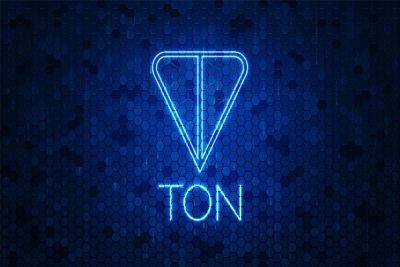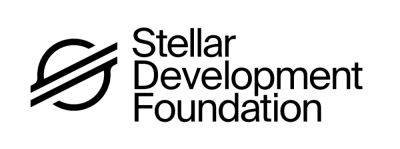Blockchain key to verifying authenticity of real-world media - Nodle
Decentralized network provider Nodle is working with the likes of Adobe and the Linux Foundation to use blockchain technology to prove the authenticity of real-world content captured by devices.
In correspondence with Cointelegraph, Nodle co-founder Garrett Kinsman outlined the firm’s upcoming software development kit for its ContentSign solution that will look to prove the integrity of data from its moment of capture using blockchain.
Nodle is bringing ContentSign to the Content Authenticity Initiative, a project it has joined that is being led by Adobe and Linux Foundation to create a future standard for media attestation.
Related: Blockchain IoT firm Nodle goes open source with Web3 Bluetooth ‘nanocomputer’ sticker
Nodle is developing a variety of blockchain-based technologies focused on capturing and authenticating real-world data. As Cointelegraph has previously explored, its main offering is a network leveraging smartphone bluetooth connectivity to rent computing power, storage and Bluetooth capability of devices to broaden the footprint of IoT networks.
Kinsman says that ContentSign is set to form part of this puzzle as a means to prove that a physical camera or device has captured a specific piece of visual media and its corresponding metadata.
The technology could prove useful for a myriad of use cases, including the field of journalism. As Kinsman explains hypothetically, a journalist can capture video or picture of a breaking news event using a camera embedded with ContentSign technology:
The footprint of the video is then minted as a non-fungible token on the Nodle blockchain. The signature validates that the content originates from a genuine source and hasn't been manipulated or artificially generated.
Kinsman
Read more on cointelegraph.com






















